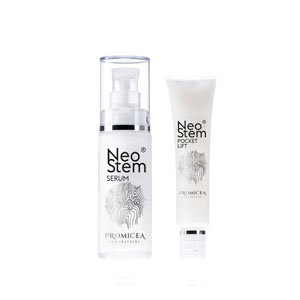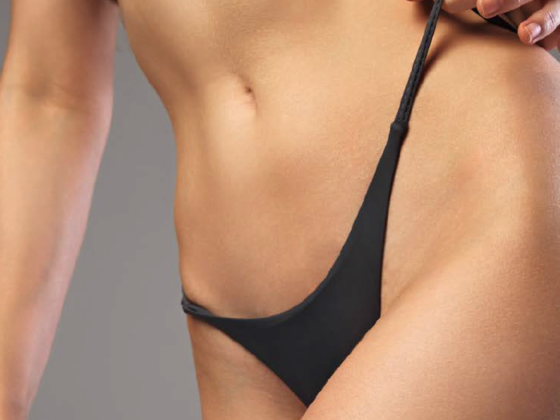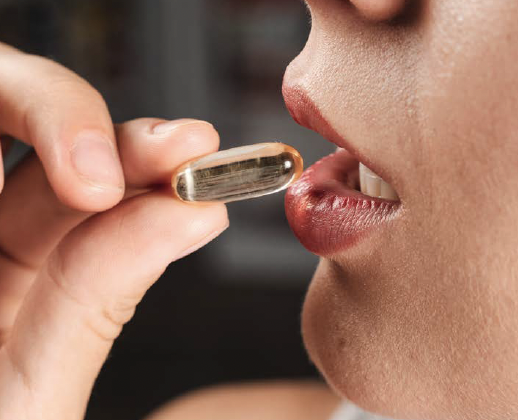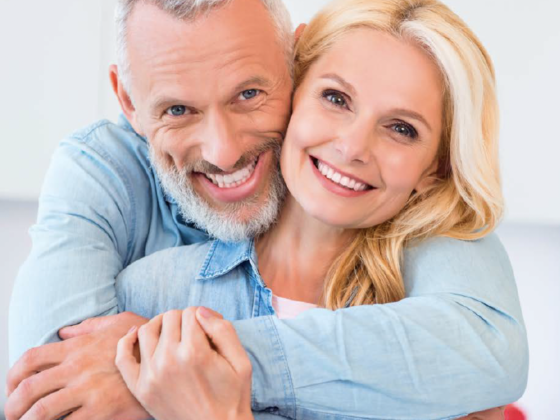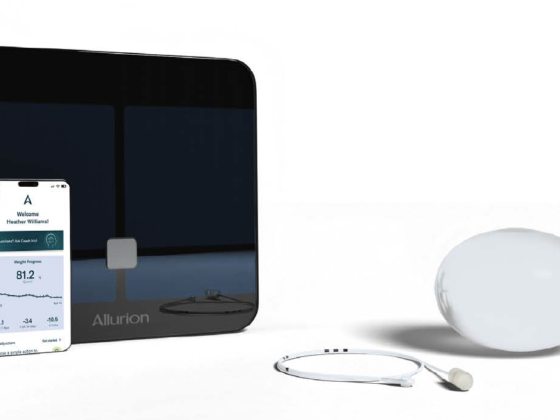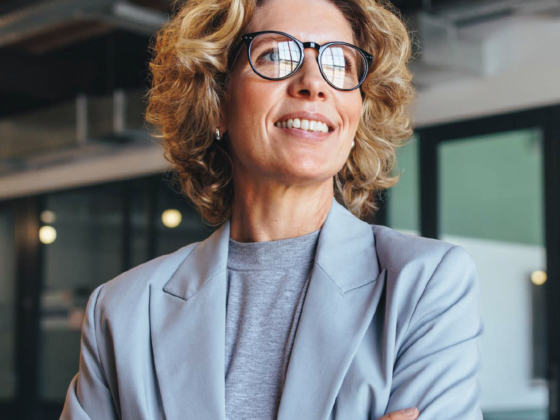By Doctor Claude Dalle
Where do they come from? Polyphenols are manufactured by plants to fight sun damage (UV) and resist disease. They can be found in the skin and flesh of fruit and vegetables.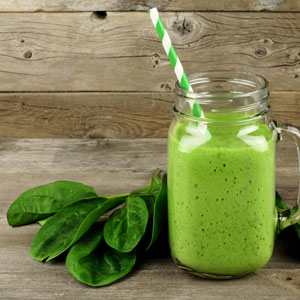
Every plant, fruit or vegetable contains high and varied quantities of polyphenols. There are four categories: flavonoids, phenolic acids, lignans and stilbenes.
Flavonoids; flavonols, flavones, isoflavones, flavanones, anthocyanidins and flavanols (catechin and proanthocyanidins); onions, broccoli, blueberries, red wine, tea, lettuce, cabbage, celery, mandarins, tomatoes, mint, lemon.
Phenolic acids: tea, onions, strawberries, raspberries, blueberries, mangoes, coffee, cinnamon, wheat, rice.
Lignans (lin.). Lignans are metabolised in the intestine: seaweed, lentils, garlic, asparagus, apples, plums, pears.
Stilbenes: rarely present in human food, like resveratrol, but can be found in raisin skin (more than in their flesh).
Polyphenols are present in a wide variety of natural substances: in the form of anthocyanin in red berries and red wine (in relation to tannins, the “French paradox”), in the form of proanthocyanidins in chocolate and wine, caffeoylquinic and feruloylquinic acid in coffee, flavonoids in citrus fruit, and in the form of catechins such as epigallocatechin gallate in green tea and quercetin in apples, onions, red wine, garlic, etc.
According to a study carried out online with a panel of volunteers, the dietary sources of polyphenols are mainly coffee (36.9%), green or black tea (33.6%), chocolate thanks to its cocoa (10.4%), red wine (7.2%) and fruit (6.7%). They are all great antioxidants, they stimulate the longevity enzymes (sirtuins), are naturally anti-carcinogenic, are easily to get hold of, protect the cardiovascular system and protect us from neurodegeneration.
Some of them are essential for the eyes (lutein, zeaxanthin) or for the skin, for example (resveratrol). Their quantities vary greatly according to the season.
How to preserve them
Isoflavones have a chemical structure similar to oestrogens (they link up with the oestrogen receptors). We call them phytoestrogens, such as soya. Soya contains 580 to 3,800mg of isoflavones per kg (soya milk only has 30 to 175mg/L). It appears to be much better to consume soya as a foodstuff rather than in a dietary supplement, which is why health experts have doubts about its possible role in breast cancer. Lignans have an anti-oestrogenic affect because these fibres draw oestrogens into the intestine in the faeces. We can find flavonoids in apricots, green tea, chocolate and red wine. Strawberries are rich in fisetin, which has remarkable properties, as are apples (quercetin). Do not forget spices either, which should be consumed daily, in particular turmeric, garlic, onion, parsley, etc.
Should they be consumed through our food or as a dietary supplement?
You need to have their levels checked first, to see if you are suffering from a deficiency. In general, a varied diet which contains a rainbow of colours should be enough. Fruits and vegetables contain little sugar and have a low glycaemic index. They therefore cause little glycation – which attacks collagen, elastin and blood vessels − and fight wrinkles pretty effectively!
Do they really have anti-aging benefits and when should I take them?
Their effects depend on their quantity and their bio-availability, and we now know that the intestine plays a very important role and that each person’s microbiota influences their effectiveness. The liver also plays a role in their metabolism.
Polyphenols are mid-way between hydrophilic (vit C) and lipophilic (vit E) thanks to their metabolites, a bit like water-fat interfaces.
Carotenoids and polyphenols are absorbed in the colon, and vitamin E and C are absorbed in the stomach and the small intestine.
Milk seems to reduce some of the antioxidant power of polyphenols when it is consumed alongside them (white coffee, for example). Conversely, alcohol improves the intestinal absorption of the polyphenols in wine! It seems that an alkaline pH (provided by fruit and vegetables) increases polyphenol activity. The absorption of soya-bean isoflavones is very good, but this poses the problem of children who are allergic to cow’s milk and who therefore drink soya milk; if we take a child who is 4 months old, their concentration of isoflavones in relation to their weight is 5 to 10 times the dose that is required to have a physiological effect on a woman’s cycle.
Polyphenols are like a colourful pharmacy that Mother Nature provides for us to savour; they should be consumed daily, so don’t hold back!
Tip: Do not peel your fruit, just give it a wipe!
By Doctor Claude Dalle
Degree in acupuncture, mesotherapy, Eriksonian hypnotherapy. Speaker at international conferences, course leader at the Faculty of Medicine in Paris. Scientific director of congresses. President of the WOSIAM (World Society for Interdisciplinary Anti-Aging Medicine). President of the European Federation for Active Aging. Member of the International Hair Research Society.
Books: Anti-Aging : the guide. Les traitements anti-âge (Anti-aging treatments). Peau et anti-âge (Skin and anti-aging).





